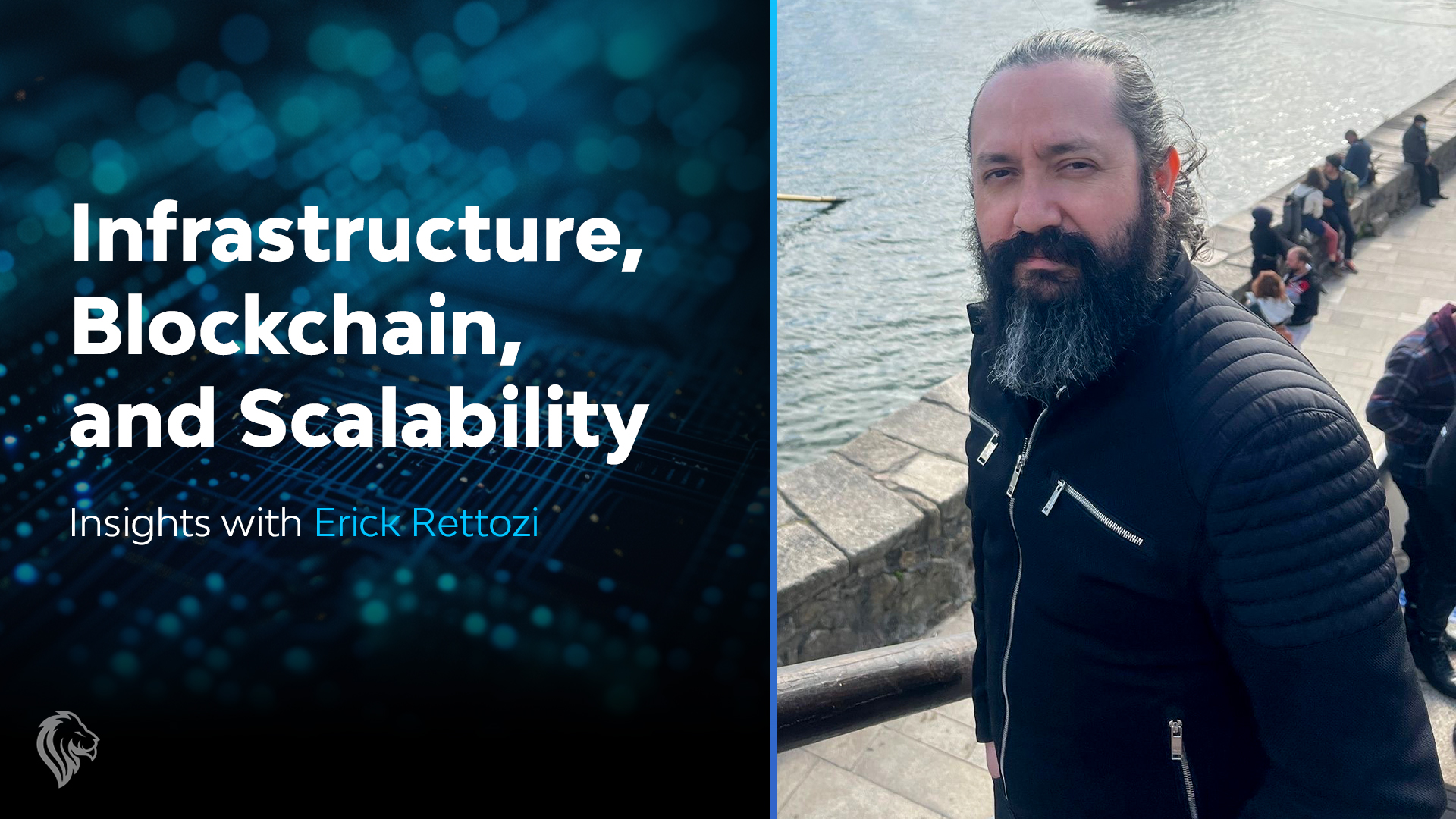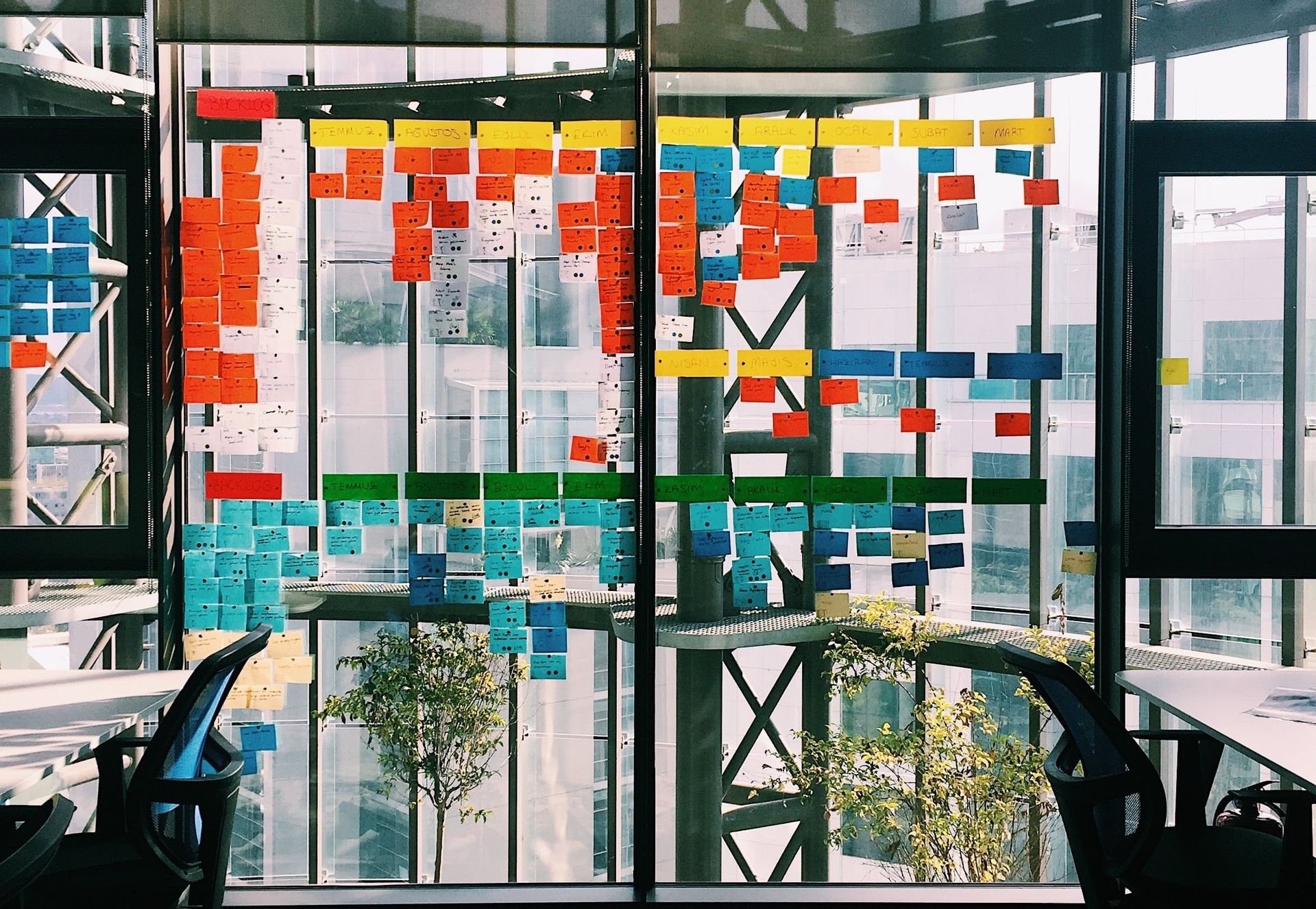Project Management is a standard role in the IT World. For years there have been multiple types of methodologies, although recently, two have taken the spotlight.
Two of the most popular project management methods are Agile and Lean. These both help teams deliver much faster and sustainable results.
In the IT world, there is the motto “We are Agile but not Lean.” This is because a generalised idea mixes both methodologies rather than understanding their similarities and differences. However, understanding these differences and similarities is crucial to guarantee the correct application and efficient methodology.
Lean Methodology
The Lean methodology was developed in Japan between the 1950s and 1960s. This methodology states that production and development should be based on demand rather than supply. This allows for efficiency to be higher when performed in small lots. It is crucial to focus on quality which in turn helps to increase efficiency.
Employers should define these work methods rather than managers, and instead of executing predefined and repetitive tasks, workers are pushed to continually improve their working styles (“Kaizen” = Change for Good).
These ideas initially seemed strange to companies of the Western world, although Japanese companies were coming back with excellent results.
In short, the slogan for the Lean methodology reads: “Eliminate all things that do not add value.”
By focusing on what is known as the ‘system’, teams are able to work as a whole. This ensures all processes are optimised to their full potential whilst respecting that those who do these jobs are highly trained. Once these results are achieved, they must be trusted to be left alone.
Agile Methodology
The Agile Manifesto of the project management world follow these basic principles:
- Interaction of individuals on tools and processes
- Collaboration in the negotiation of project results with potential customers
- Respond to changes with a plan
The Agile methodology is said to be based on development rather than production. However, there is speculation that this is just another way to approach it.
Agile aims to deliver working software as quickly as possible. … The difference is that in Lean, teams increase speed by managing flow, whereas in Agile, teams emphasize small batch sizes to deliver quickly
Similar Points:
As the Lean method expects the least possible number of lots regarding production and development, this makes it much more efficient. In addition, ensuring all processes are continuously inspected and adapted, allowing for improvements all the time.
On the other hand, the Agile method provides multiple small and frequent versions of a product, as opposed to a large production that provides regular checks of results and working methods.
Both methodologies are built on a foundation of cooperation between employees, ensuring that these people are more important than tools. Nothing is as important as the final result, with the main goal of creating value for the customer.
The Agile methodology allows the client to adapt their needs constantly, and the Lean provides for the manufacture of the product without any wastes. In either case, the customer must get exactly what they expect.
But are there any differences?
It is said that Agile is focused on the development side, and Lean focuses on production. I personally don’t believe there is a difference between either in a highly driven and result-focused world.
Lean management was born into the industrial sector, making its production systems more efficient.
Even though the Agile methodology was born into a creative software development environment, they both have the same end goal. The goal is to deliver faster results with high-quality standards. Depending on the size of a team, the Lean methodology is often applied to improve processes in all organisations. Whilst the Agile methodology is used within a team of no more than a dozen.
For a few years, high-end companies have started to recognise many similarities between their manufacturing sectors and their offices. Both settings have processes which when left unrefined, become wasteful. Eliminating waste in an office is arguably more challenging than on the manufacturing line. This is because productivity in an office is far less quantifiable.
Lean methodology offers some helping tools such as:
- VSM
- Standardisation
- Flow
- Focus
- Culture
- Changes
At Cloudoki, we primarily value Flow, Focus and Changes. We believe changes are a keystone in fostering a good Lean culture, as changes in company processes must align with company goals and be flexible based on co-workers feedback.
What is the best?
There is no such thing as a better methodology, and this is something that all must understand. The best type of methodology depends on the organisation and the type of project that must be developed. Here at Cloudoki, we are client-oriented, meaning the client is part of our family. Therefore, our primary objective is to deliver high-end technical projects that suit and exceed our customer’s expectations. This allows everything to revolve around customers and give them the product they want in the most efficient way possible.
@Cloudoki
Despite stating we are an Agile focused company, we, at Cloudoki, blend both Agile and Lean together in a way that allows us to become even more efficient since we are able to continually tune and improve all our processes. This is the way project management should work, not forcing in just one methodology but utilizing both in order to have the best of both worlds. As each methodology has its strengths and weaknesses, we are able to always learn new ways to interconnect both to ensure a high quality deliverable product.
Related Articles

Building Secure Web Applications in the Age of Cyber Threats: Essential Strategies
Build secure web applications that withstand evolving threats. Learn secure coding practic...
Read more
Infrastructure, Blockchain, and Scalability with Erick Rettozi
In this article, Cyrex' Lead Backend Engineer Erick Retozzi offers expert advice on buildi...
Read more
The Hidden Costs of DIY API Integration: When to Consider Professional Help
Avoid costly mistakes with professional API integration. Learn the hidden costs of DIY API...
Read more
LLMs, the gist
Unlock the magic of Large Language Models (LLMs) with our comprehensive guide. Discover ho...
Read more


